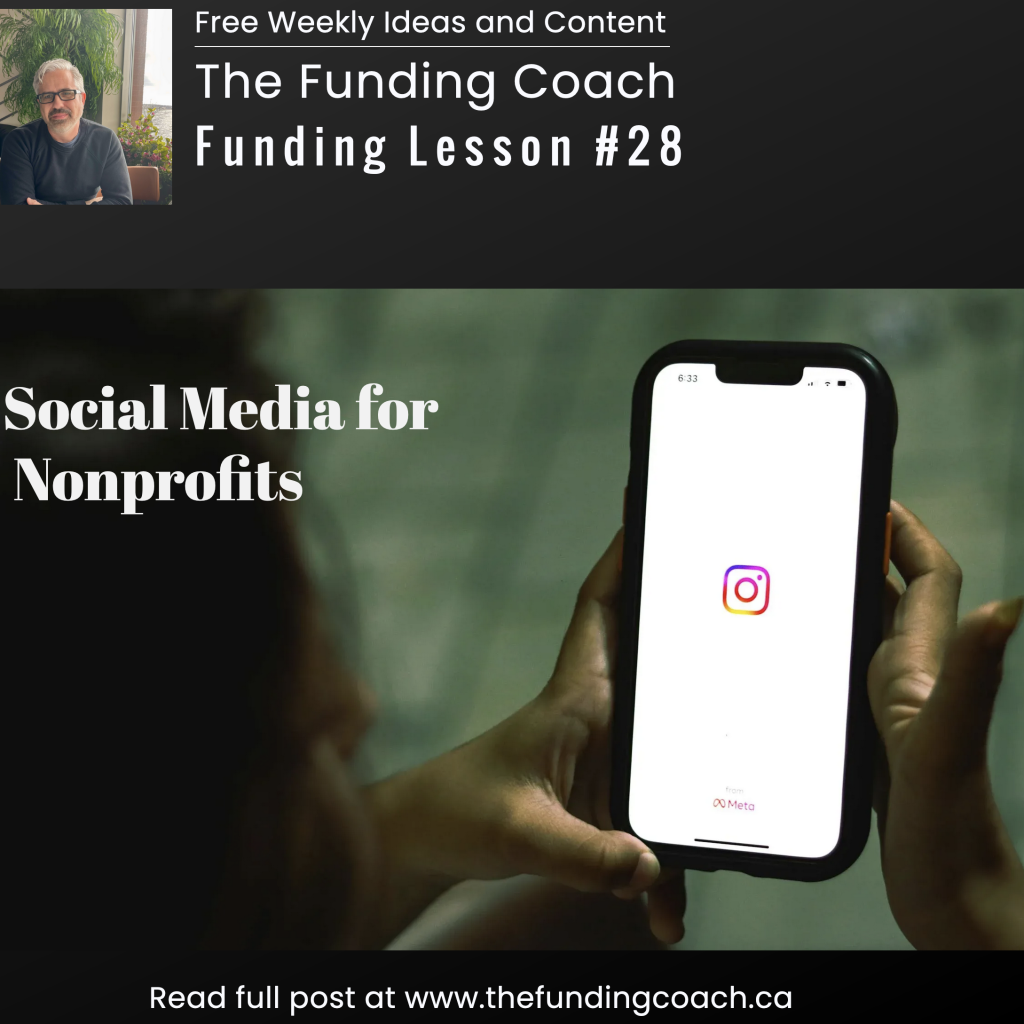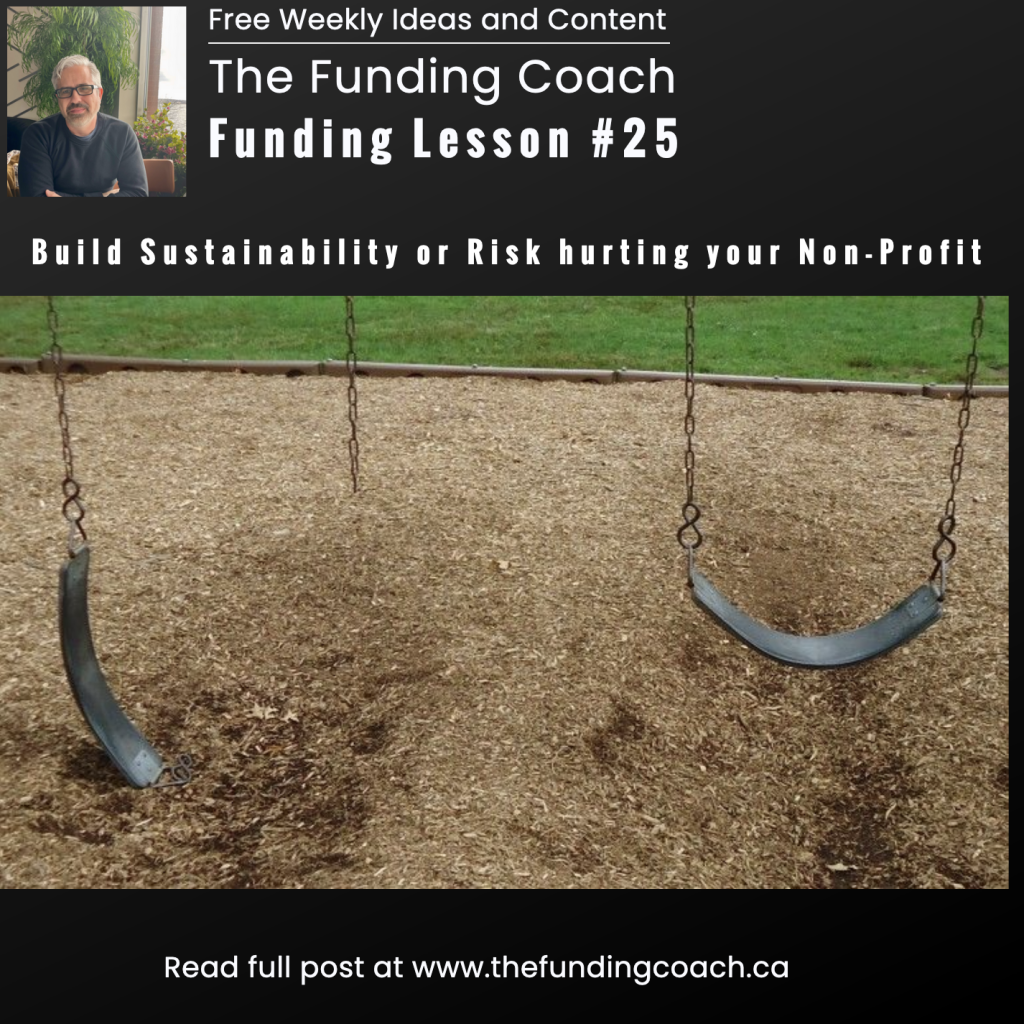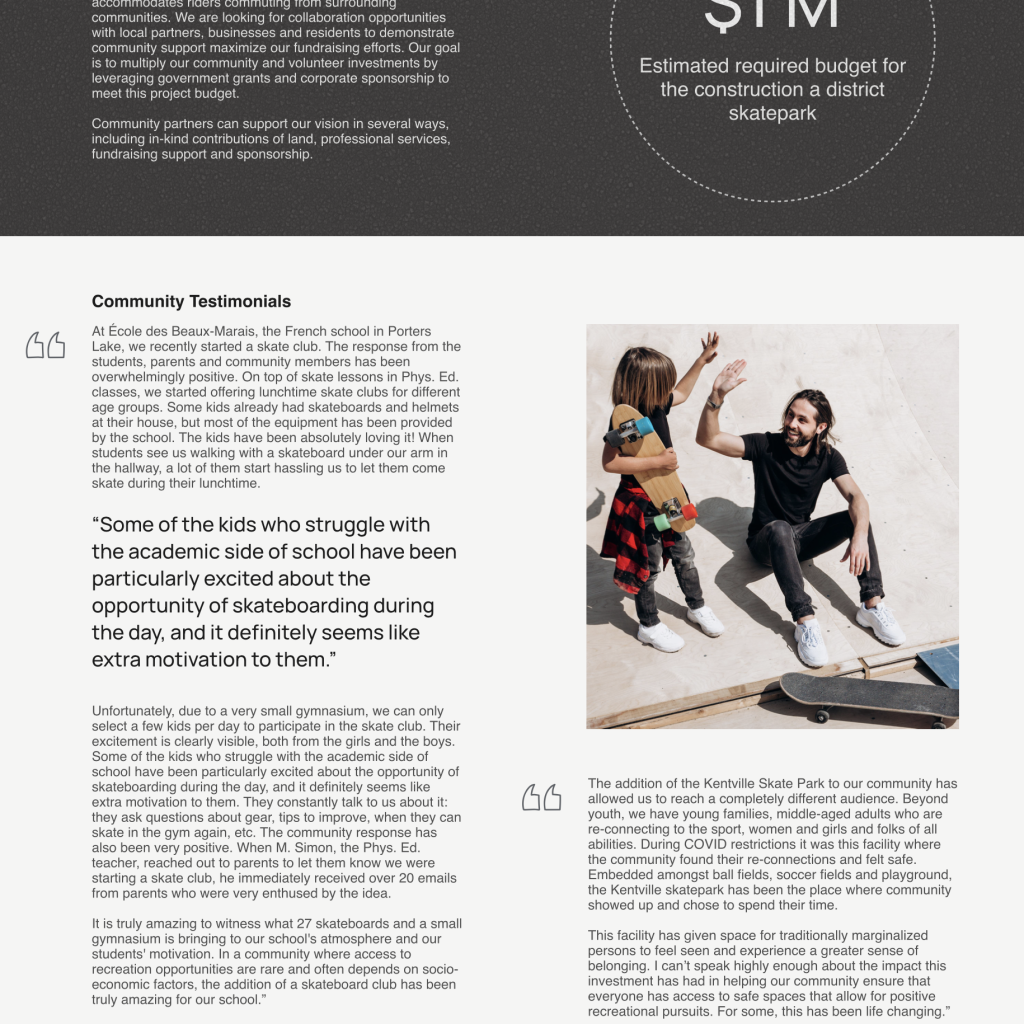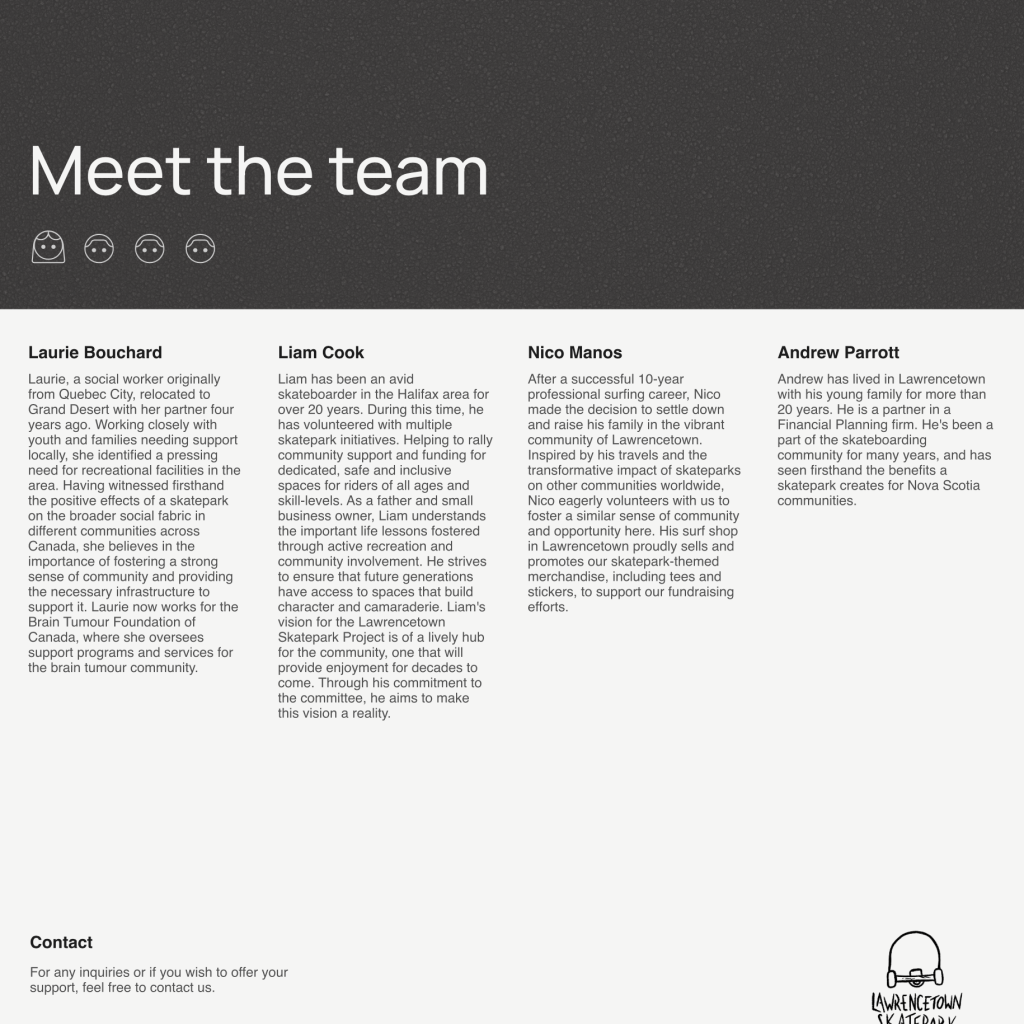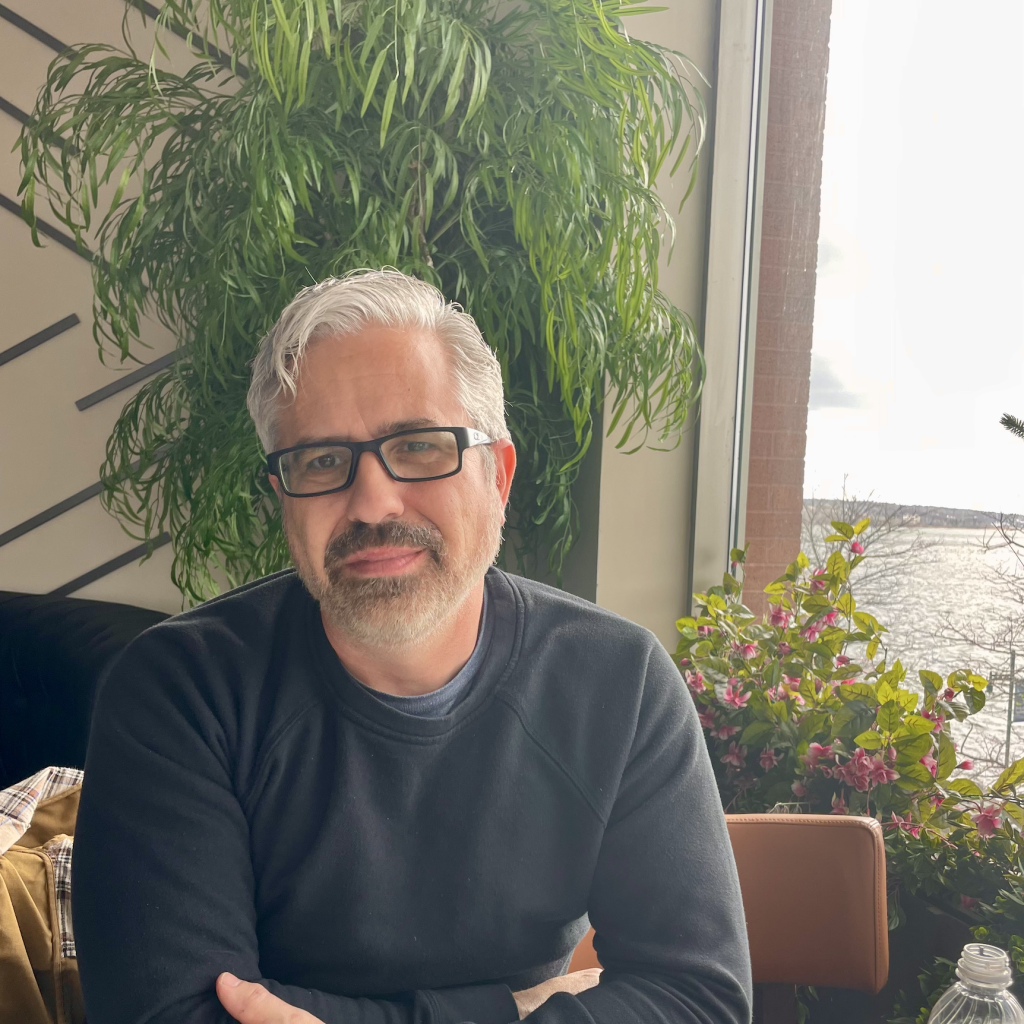
We have several large-scale youth and family centers opening, being built, and in the planning stages here in Cape Breton. It took an incredible amount of work by countless individuals, hundreds of meetings, thousands of hours of effort, and sheer persistence.
However, not everyone may be aware of the ‘sparks’ that made this possible. The first spark was the need itself. The situation was dire, with rising addiction levels and a tragic number of youth and young adults losing their lives.
But another spark occurred. An old friend reached out to me with the ability to offer financial support on a scale I had never imagined. He asked, “If we could do anything for our community, what would we do?” To be honest, I had always considered myself a dreamer… or so I thought.
We began discussing this question with friends and community members. Once we removed the constraints from our thinking, our dreams evolved. Up to that point, my aspirations for the next year were limited by what we could realistically achieve. Maybe we could add a little something, tweak our approach, grow incrementally, and hopefully secure some new funding. But dreaming big, on the scale of the need, seemed like fantasy.
In this new context, we started to articulate what community transformation could truly look like. We considered the resources required to address the problem at its core.
I believe we all dream of what could be—the things we genuinely hope for. However, reality often dims the hope that such dreams could be possible, leading us to operate within a smaller, more constrained vision based on past experiences.
Here’s the kicker: after years of planning and discussion, my friend did not come through with the funding. We received zero dollars. That might sound devastating, but it wasn’t. It was disappointing, but it was too late to halt the progress we had made. By beginning to dream and articulate a real, practical, and hopeful vision, we started to attract the funding we needed.
When I think about change-makers, I believe their ability to dream is what sets them apart. They envision possibilities beyond current limitations and refuse to let past constraints dictate their aspirations.
After this experience, I now believe it is crucial to sit down with your team or organization and dream without limits. Imagine what you could achieve without the constraints of present realities. It is in this space of bold dreaming and vocalizing ideas that people will rally behind them, and funding is more likely to follow.
Not all dreams will come true, and even this journey was fraught with years of work, struggles, doubts, and burnout. But dreaming is the only way to pave the path to a new and better future for the people you serve.
So, dream to the size of your Dreams

